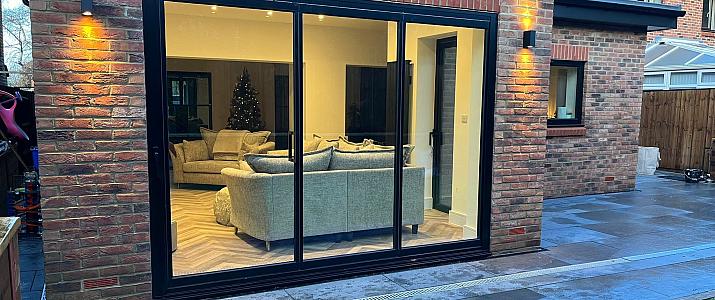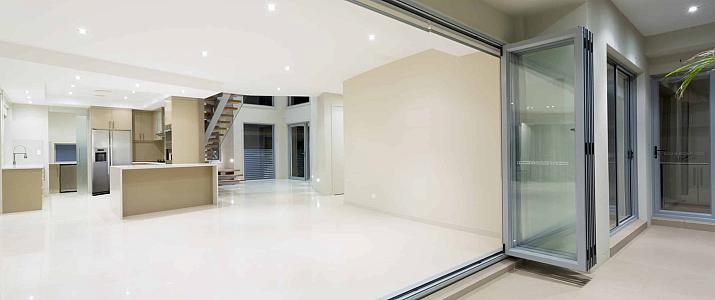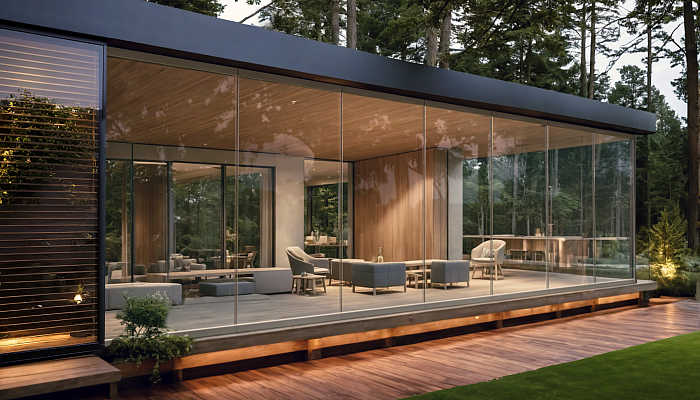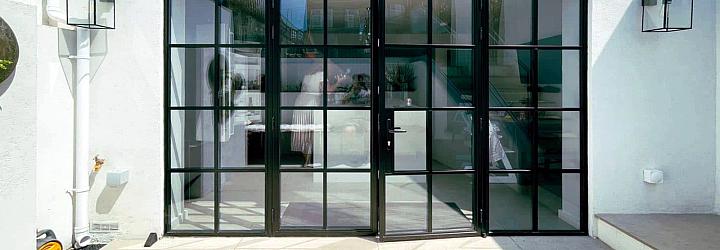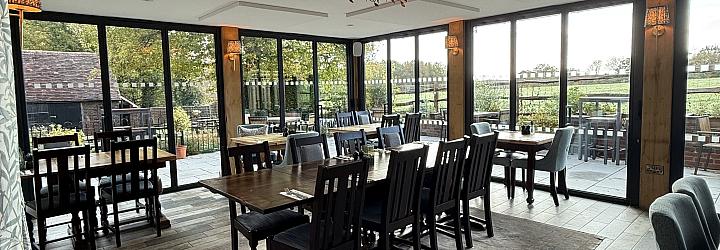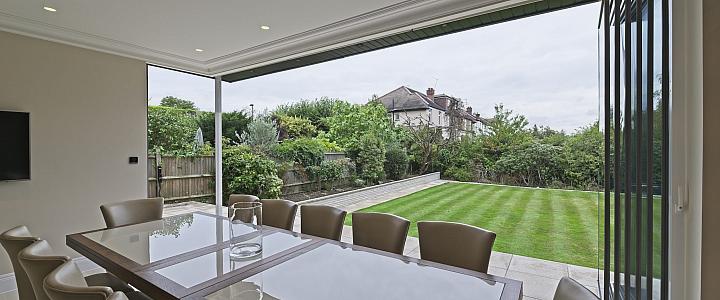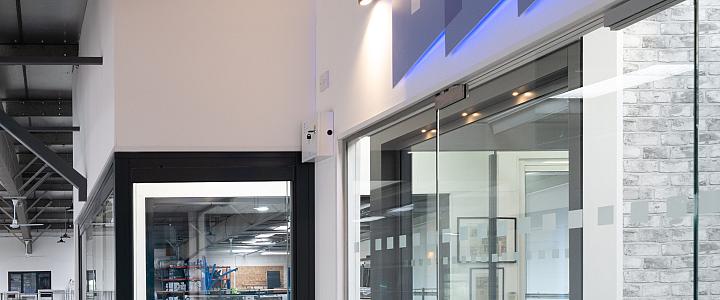
FGC Bespoke Aluminium
Your Home: Transformed
Turn your grand design into reality with the help of our expert advisors. We are here to help you choose from a gorgeous range of bespoke aluminium doors, windows and internal glazing designed for security, energy efficiency and style.
Bespoke Aluminium Products
Looking for a Frameless Alternative to Bi-Fold Doors?
Why Choose FGC Bespoke Aluminium?
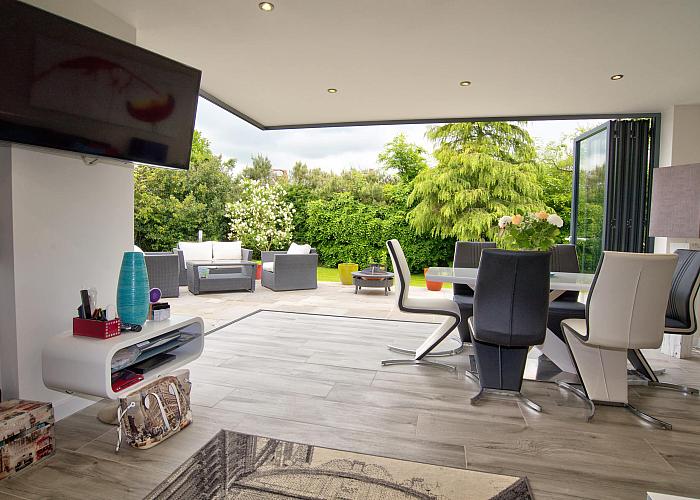

Great choice for patio doors and windows!
Really responsive, helpful company, who worked faster than anticipated and installed really lovely Aluco aluminium doors and windows. Very straight forward to deal with and kept us updated throughout the process. Thanks to the whole team! Would recommend!
Anna
15th December 2025Simple 5 Step Ordering Process
Estimate
prepared to your requirements
Survey
prepared to your requirements
Accurate Quotations
prepared to your requirements
Place Order
prepared to your requirements
Installation
prepared to your requirements


